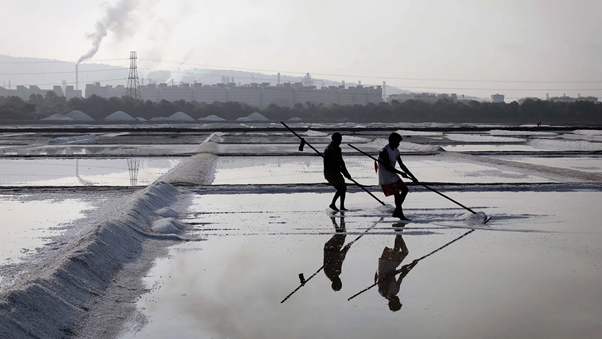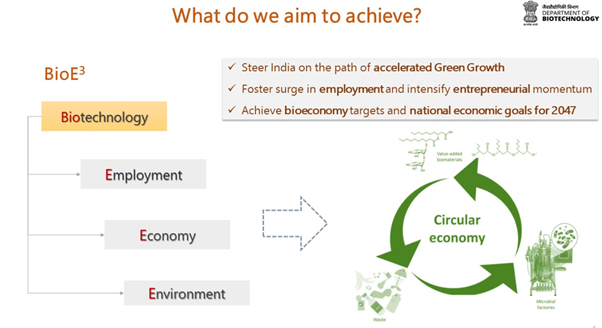Table of Contents
PM Vishwakarma Scheme
The Union Finance Minister while addressing the MSME owners and industry heads in Coimbatore informed that Tamil Nadu and West Bengal governments have not notified the PM Vishwakarma scheme till now.
About PM Vishwakarma Scheme
- Launched: On 17 September 2023 (Central Sector Scheme)
- Nodal Ministry: Ministry of Micro, Small and Medium Enterprises
- Eligibility: The scheme is for artisans and craftspeople who work in the unorganised sector on a self-employed basis.
- Benefits Under the Scheme:
- Recognition: Issuance of a PM Vishwakarma certificate and ID card.
- Skill Enhancement: Offers basic training (5-7 days) and advanced training (15+ days) with a daily stipend of Rs. 500.
- Toolkit Incentive: Provides up to Rs. 15,000 in e-vouchers for tools at the start of basic training.
- Credit Support: Offers collateral-free loans up to Rs. 3 lakh in two parts, with subsidised interest rates and conditions for eligibility based on training completion and digital transaction adoption.
- Incentive for Digital Transactions: Rewards Rs. 1 for each digital transaction, up to 100 transactions per month.
- Marketing Support: Includes quality certification, branding, and support for e-commerce presence to enhance market reach and value chain linkage.
Vibrant Villages Programme
Recently the Union Defence Minister said that the objective of the government is to transform villages along the northern borders into model villages under the Vibrant Villages Programme.
About the Vibrant Villages Programme (VVP)
- It is a Centrally Sponsored scheme that aims to develop remote villages along the northern borders of India
- It was launched on 15th February 2023.
- Beneficiary States: Arunachal Pradesh, Himachal Pradesh, Sikkim, Uttarakhand and Ladakh (UT) – Total 2967
- Nodal Ministry: Ministry of Home Affairs
- Funding outlay: ₹4800 crores (From 2022-23 to 2025-26)
- Objectives of VVP:
- Developing essential infrastructure in Border villages.
- Creating livelihood opportunities in the villages.
- Leveraging the tourism potential of the villages.
- Developing sustainable eco-agribusinesses in the villages.
- To improve the standard of living of people in the villages.
- To prevent migration from the villages.
Salt Pan Lands
Recently The Central Government has approved transfer of 256 acres of salt pan land in Mumbai to the Dharavi Redevelopment Project Pvt Ltd (DRPPL). It is a joint venture between Adani Realty Group and the Maharashtra government for building rental housing for slum dwellers.
What are Salt Pan Lands ?
- They are low-lying areas where seawater flows in and evaporates, leaving behind salt and minerals.
- Under the Coastal Regulation Zone (CRZ) notification of 2011, salt pans fall under CRZ-1B, which restricts economic activities except for salt extraction and natural gas exploration
- Ecological Importance of Salt Pans
- Flood Protection: Salt pans, together with mangroves serve as natural flood barriers absorbing excess water during heavy rainfall and high tides. This reduces the risk of severe waterlogging in Mumbai.
- Biodiversity: These areas support a diverse range of bird species and marine life, playing an important role in maintaining the local ecosystem.

| What are Coastal Regulation Zones? |
|
Organ on Chip Technology
Recent advancements in organ-on-chip technology provide precise drug testing and disease modelling. This will potentially cut costs and reduce reliance on animal testing.
About Organ on Chip (OoC) Technology
- It is a microfluidic system that mimics/copies the functions of human organs in a lab setting.
- It uses Small devices that replicate the functions of human organs in a controlled microenvironment to test drug effects.
- Features:
- Translucent/colourless:
- OoC devices are made of a clear, flexible polymer which allows researchers to see the inner workings of human organs.
- Mimics physiological conditions:
- OoC devices can mimic the physical microenvironment of living organs, such as breathing motions in the lungs and peristalsis in the intestines.
- Mimics tissue-specific functions:
- OoC devices contain miniature tissues that can replicate tissue-specific functions.
- Potential Applications:
- Drug development
- Disease modelling & Toxicity testing
- Development of more effective and personalised treatments for different diseases.
- Translucent/colourless:
Bio-E3 Initiative



 Places in News for UPSC 2025 for Prelims...
Places in News for UPSC 2025 for Prelims...
 New Phase of Operation Chakra to Combat ...
New Phase of Operation Chakra to Combat ...
 Soyuz Aircraft: History, Design and Sign...
Soyuz Aircraft: History, Design and Sign...





















